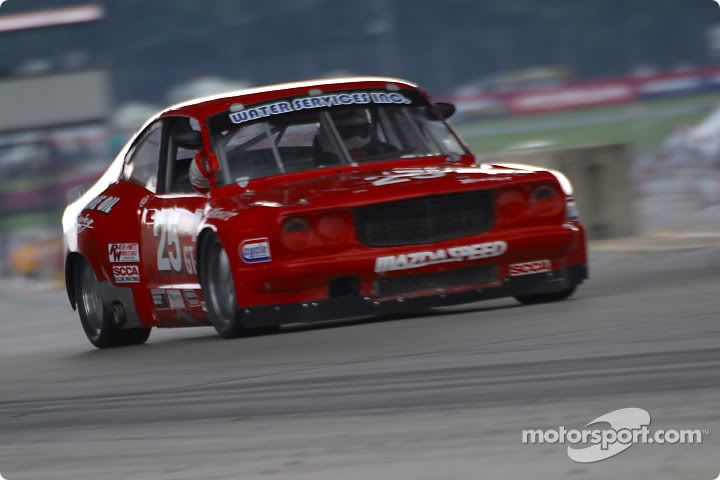...and then there is the rotary engine, which has no cylinders, even firing and is
incredibly smooth. I've owned 2 cars with twin rotor engines ('75 RX-3 and an '88 RX-7). The engines in those cars were a thing of beauty. So small, and yet so powerful and smooth.
To get back (closer to being) on topic, the rotary engines have two spark plugs per "cylinder" (rotor actually), arranged in the rotor casing such that one was more advanced than the other. As the rpm rose the second plug would begin firing and it felt like the turbo was kicking in, except neither of mine were turbocharged.
Everyone should experience a rotary engine at least once in their lives. If you ever have a chance take one out for a spin
I've yet to drive an RX-8, which is a good thing or I'd likely end up with one in the garage...





















































